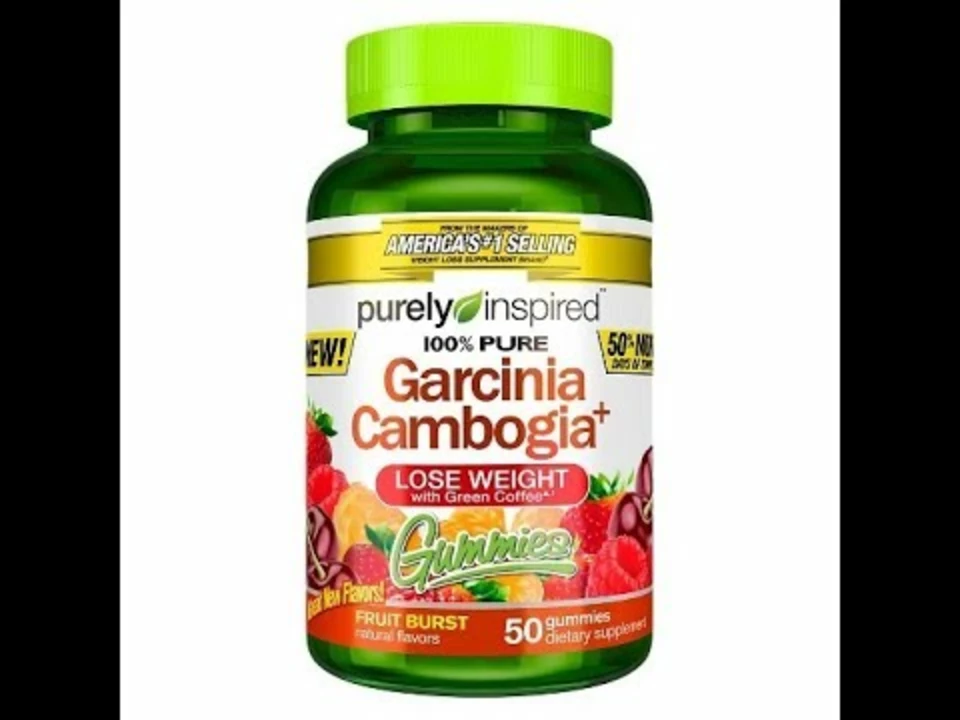If you’ve been scrolling through endless diet plans and still feel stuck, you’re not alone. Most people want results fast but end up confused by hype. Below are down‑to‑earth steps that actually move the needle without demanding a total life overhaul.
The easiest place to begin is what you put on your fork. Swap sugary drinks for water or unsweetened tea—this alone can shave off 50‑100 calories a day. Add a protein source (like eggs, chicken breast, or beans) to every meal; protein keeps you full longer and reduces snacking cravings.
Next, try the "half‑plate veggies" rule. Fill half of your plate with non‑starchy vegetables such as broccoli, spinach, or bell peppers. They’re low in calories but high in fiber, which helps regulate blood sugar and curb hunger spikes.
Exercise doesn’t have to mean hitting the gym for an hour. Start with short walks—10 minutes after each meal is enough to boost metabolism and improve digestion. If you enjoy music, put on a playlist and dance around your living room for 15 minutes; it burns calories while lifting mood.
Strength training is also key because muscle tissue burns more calories at rest. You can use bodyweight moves like squats, push‑ups, or simple resistance bands. Aim for two sessions per week and watch the scale move in a positive direction over months.
Don’t forget sleep. Skipping 7–8 hours regularly spikes the hormone ghrelin, which makes you crave carbs. A consistent bedtime routine helps keep hunger signals balanced.
When it comes to weight‑loss supplements, a cautious approach works best. Green tea extract and caffeine can give a modest metabolism boost, but they’re not miracle pills. If you consider any supplement, check for third‑party testing and discuss it with your doctor—especially if you have heart conditions or take medication.
Fiber powders (like psyllium husk) are another low‑risk option that can help you feel full faster. Mix a spoonful into water or a smoothie before meals to reduce overall calorie intake.
Instead of weighing yourself daily, pick one day each week to step on the scale and record it. Pair this with how your clothes fit and your energy levels. Small, consistent improvements are more sustainable than drastic weekly drops that often lead to rebound weight gain.
If you enjoy apps, use a simple food‑log tool to note meals for a few days each month. This reveals hidden sources of extra calories—like dressings or snack portions—that you might otherwise miss.
Pick three changes from the sections above and stick with them for 30 days. Whether it’s swapping soda, adding a walk after dinner, or trying a fiber supplement, consistency beats perfection every time. After a month, reassess what worked, tweak what didn’t, and keep building on those wins.
Weight loss isn’t a magic trick; it’s a series of small habits that add up. By focusing on real food, easy movement, smart sleep, and vetted supplements, you set yourself up for lasting results without the overwhelm.

